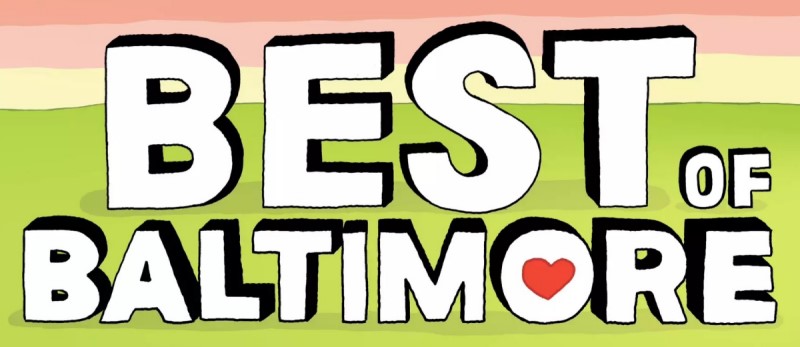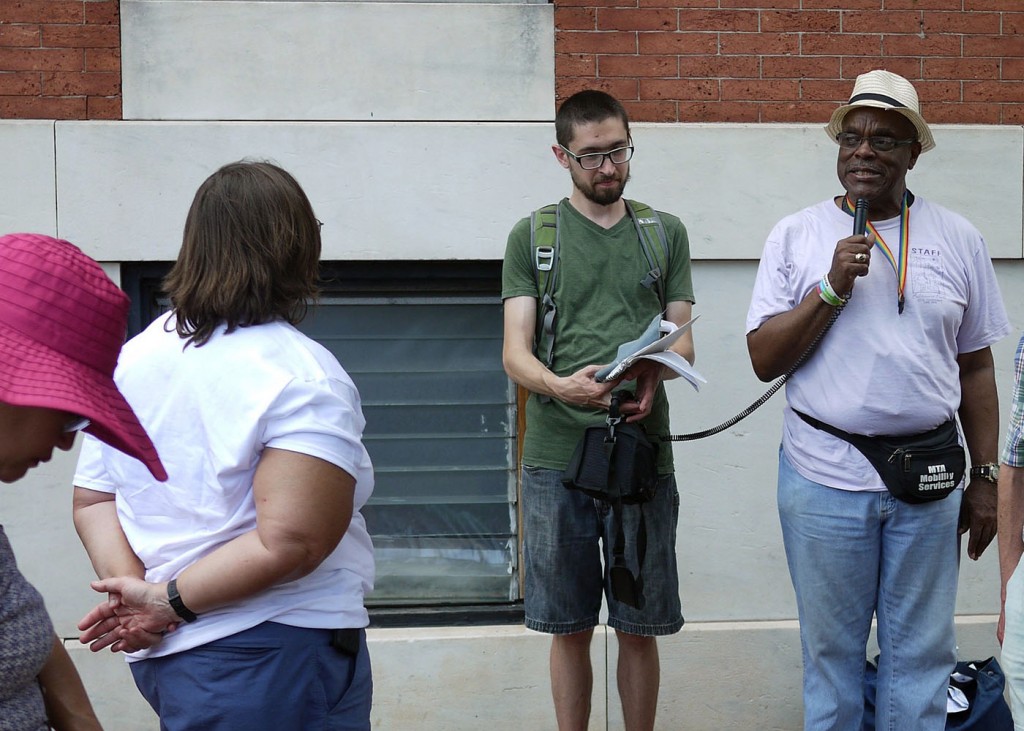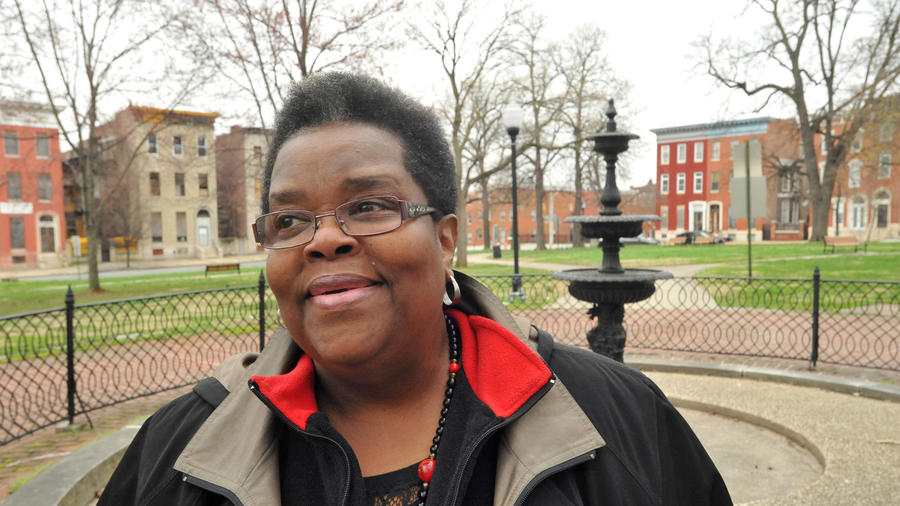In its recent August issue, Baltimore Magazine released its annual Best of Baltimore Awards, and we are proud and happy that Baltimore Heritage was included as “Best Preservationists.” Beyond the excitement of the recognition of our work, we are thrilled that the magazine’s editors agree that the preservation of “Baltimore’s rich architectural heritage” is an integral part of what makes our city thrive.
Accomplishing all of the work mentioned in the article would not be possible without our dedicated team of volunteers and supporters. We are indebted to our Board of Directors for their guidance and support on issues ranging from our advocacy to education to public outreach. Our heritage tours, mentioned in the article as “musts for anyone interested in learning about Charm City,” rely on a host of volunteers who set-up and lead these explorations of our city’s past. And, of course, we could not do any of this without our members and supporters, who contribute over half of our core operating budget each year. We are thankful for the recognition from Baltimore Magazine and ever thankful for all of you who make it possible!
So when you go looking for Baltimore’s best new cocktail or best podcast, check us out under in the News and Media section!





